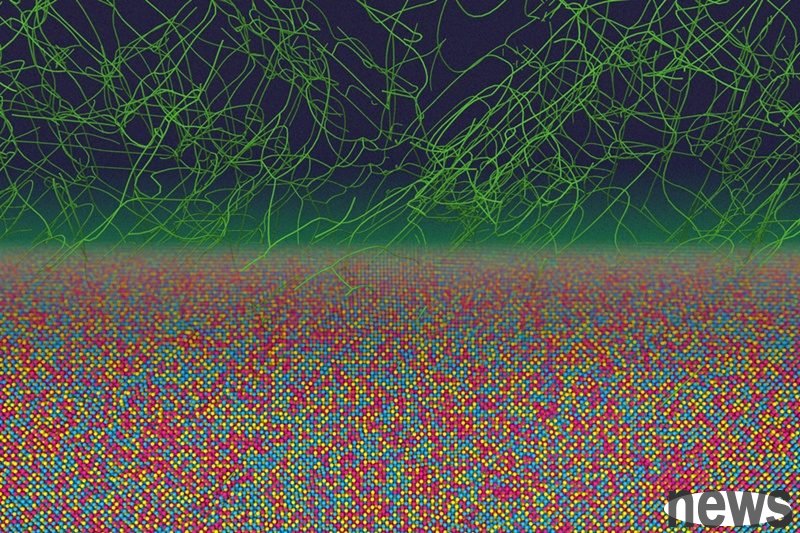
A research team from the Department of Materials Science and Engineering at the Massachusetts Institute of Technology (MIT) recently discovered that the hidden atomic structure in common metals can persist even after undergoing extreme manufacturing processes, and is not completely random as traditional concepts believe. This breakthrough challenges the decades-old theory that chemical elements are rapidly mixed evenly during the processing of metal alloys, revealing a new "non-equilibrium chemical model."
The research results were published in the top journal "Nature Communications", led by Assistant Professor Rodrigo Freitas, and supported by the U.S. Air Force Office of Scientific Research Young Investigator Program. Using a high-fidelity machine learning model, the team tracked the movement of millions of atoms under simulated extreme processing conditions and found that the chemical arrangement in the alloy maintains a certain order rather than being completely randomly mixed, which has a significant impact on the metal's mechanical strength, durability, heat capacity and radiation tolerance.
The model helps engineers fine-tune these chemical patterns to bring manufacturing innovations to key areas such as aerospace, semiconductors and nuclear reactors. In the future, the research team plans to further explore the evolution of chemical patterns under different manufacturing conditions and turn to the optimization of material properties. Freitas emphasized: "You can never completely randomize the atoms in a metal, and this understanding will subvert future metal design concepts."
In addition, the MIT materials science community continues to conduct breakthrough research in the fields of two-dimensional metals and quantum materials to promote the cutting-edge development of materials science and technology.
Scientists Find Secret Atomic Patterns in Common Metals, Challenging Decades of Theory